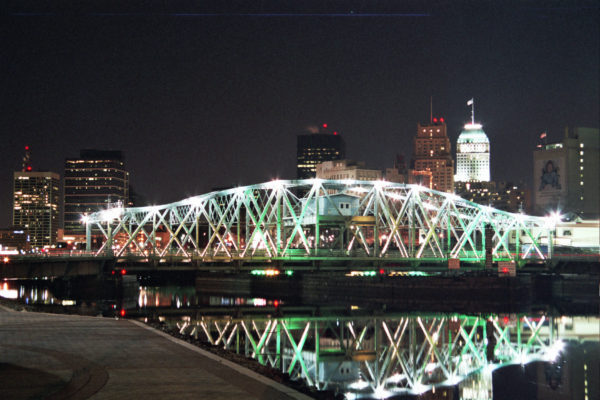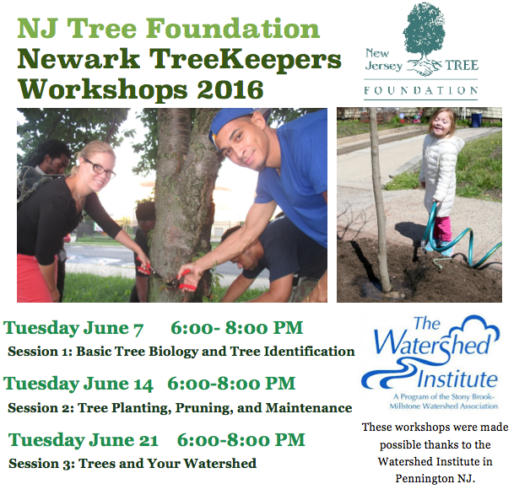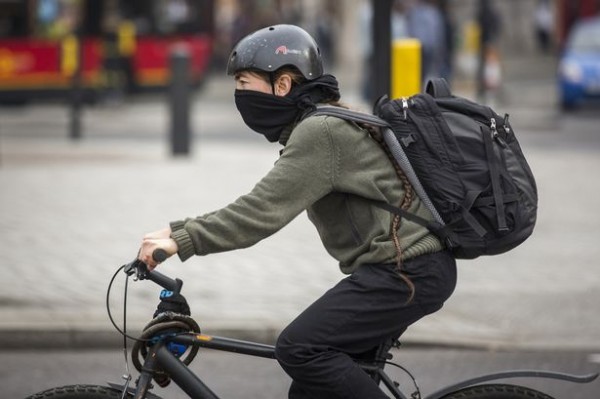
“I want to thank the Newark Municipal Council, Mayor Baraka and his Administration for passing the First Environmental Justice and Cumulative Impacts ordinance in the country,” said Kim Gaddy, Newark resident and Environmental Justice Organizer for Clean Water Action. “I started this fight 9 years ago with my colleagues and today I’m so proud of my City and the Leadership. Newark will be a vibrant and sustainable city. Kudos to the Newark Environmental Commission for keeping this Ordinance as a priority for the City.”
The City of Newark and urban communities face higher levels of pollution from multiple sources including toxic waste sites, industrial plants, and heavy city and port traffic. The “cumulative impacts” of these pollutants are making people, especially children, sick. In the City of Newark, asthma is the city’s biggest crime. Statistically speaking, more people die of asthma than homicides. School age children in Newark have double the state and national average rate (25%) for asthma resulting in most missed school days and unaffordable medical bills.
Newark residents face the nation’s 2nd greatest cancer risk due to diesel emissions. The city is home to the largest trash incinerator in the Northeast, which pollutes the air and costs the city over $9 million in disposal costs. The city is also the 3rd largest port in the nation with 7,000 trucks making an estimated 10,000 trips daily. Many of these toxin-spewing rigs are antiquated and pollute at least 10 times more than modern trucks.
The goal of the Environmental Justice & Cumulative Impacts Ordinance is to advance Environmental Justice, good stewardship, and sustainable economic development in furtherance of the priorities outlined in the Newark Sustainability Action Plan and the Newark Master Plan. Through this Ordinance, the City of Newark seeks to:
- Protect the health of all residents, regardless of race, culture or income, from exposure to pollution linked to adverse health effects, including the cumulative impacts that may be worsened as an unintended by-product of new development or redevelopment, and to ensure the enforcement of laws, regulations, and policies in a manner consistent with the principles of Environmental Justice.
- Take appropriate action to avoid, minimize and mitigate pollution from all sources within Newark’s jurisdiction through partnerships, innovation, and enforcement.
- Encourage proposals for development or redevelopment that contribute positively to Newark’s environmental, economic, and social health or, at minimum, that do not contribute net new pollution to the environment or adversely impact public health.
“As a Newark resident and parent, this legislation will protect the residents from the disproportionate health burdens experienced because of the zip code we live in,” concluded Kim Gaddy.

